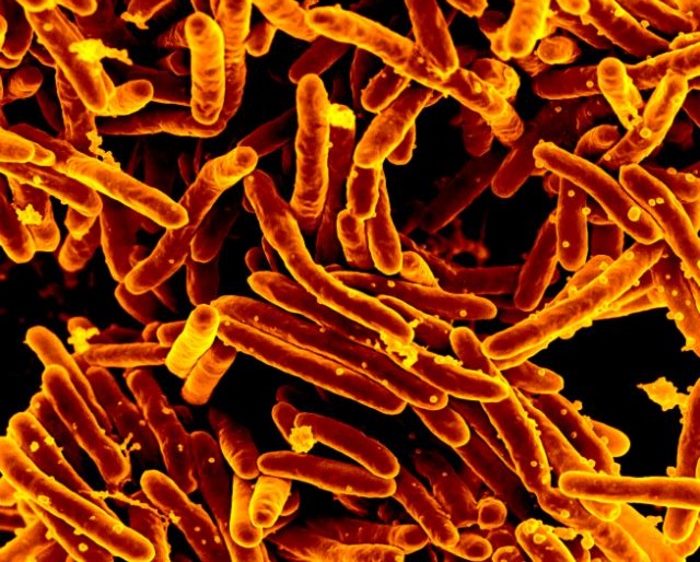Tuberculosis (TB) is caused by a bacterium called Mycobacterium tuberculosis. The bacteria usually attack the lungs, but can also attack any part of the body such as the kidney, spine, and brain. TB is a curable and preventable disease; 85% of those affected can be successfully treated with a six-month regimen of drugs. However, drug-resistant TB is a continual threat. Now, a study has uncovered new genes associated with resistance to 13 first- and second-line new and repurposed antibiotics.
The work, carried out by Comprehensive Resistance Prediction for Tuberculosis: an International Consortium (CRyPTIC), is published in two papers in the journal PLOS Biology.
The first paper is titled, “A data compendium associating the genomes of 12,289 Mycobacterium tuberculosis isolates with quantitative resistance phenotypes to 13 antibiotics.”
“CRyPTIC presents here a data compendium of 12,289 Mycobacterium tuberculosis global clinical isolates, all of which have undergone whole-genome sequencing and have had their minimum inhibitory concentrations to 13 antitubercular drugs measured in a single assay,” wrote the researchers. It is the largest matched phenotypic and genotypic dataset for M. tuberculosis to date. Here, we provide a summary detailing the breadth of data collected, along with a description of how the isolates were selected, collected, and uniformly processed in CRyPTIC partner laboratories across 23 countries.”
The second paper is titled, “Genome-wide association studies of global Mycobacterium tuberculosis resistance to 13 antimicrobials in 10,228 genomes identify new resistance mechanisms.”
In this paper, the consortium presented their findings from a genome wide association study (GWAS) using the data on 10,228 M. tuberculosis isolates. For all 13 drugs, the group discovered uncatalogued variants associated with significant increases in the minimum inhibitory concentration.
The findings uncover a framework for future studies on the pathogen.
“The compendium is not designed for measuring prevalence or estimating ‘real-world’ error rates of resistance prediction tools; rather it serves as a resource to accelerate antimicrobial resistance diagnostic development by enriching mutation catalogues for [whole genome sequencing] resistance prediction, improving our understanding of the genetic mechanisms of resistance, and identifying important diagnostic gaps and drug resistance patterns,” the authors said. “The data compendium is fully open-source and it is hoped that it will facilitate and inspire future research for years to come.”







